Locomotion
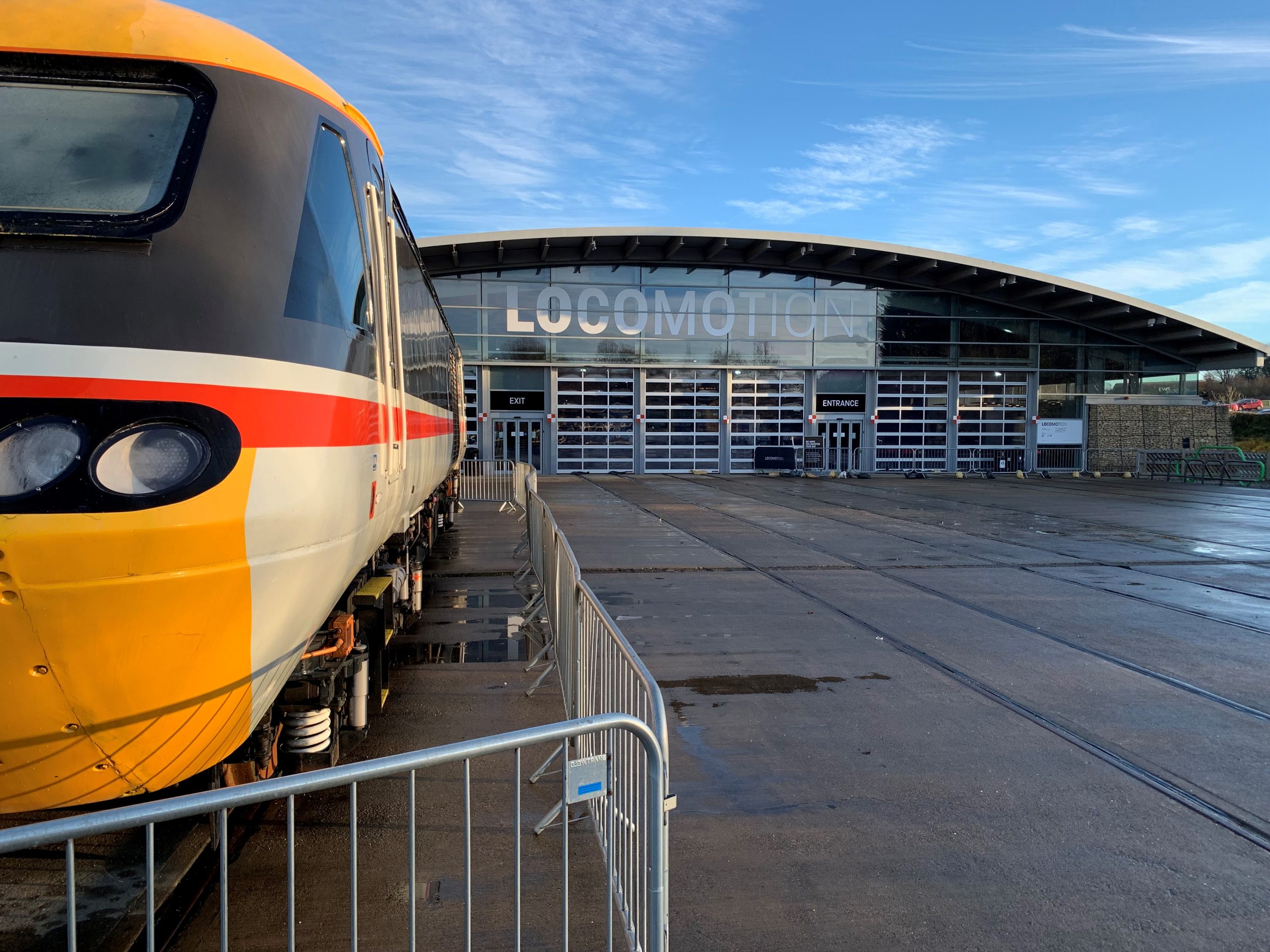
Locomotion, to be found down an apparent road to nowhere called Spout Lane in Shildon, is one of County Durham’s great delights – and a bit of a surprise to many people, you’d imagine.
You can’t exactly stumble on the place but who would expect to find a national museum here, off that beaten track whose name (spout meaning ‘seam’ in these parts) reflects the town’s debt to coal?
It has a big collection and big plans. But its first impact is visceral, an appeal to all the senses – the sight of the big locos, gleaming in retirement; the feel of the polished metal; the tangy smell of coal and steam. For people of a certain age, Locomotion is a nostalgic joyride.
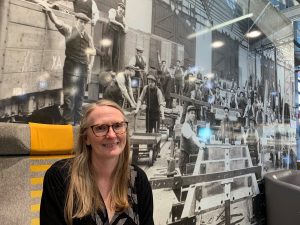
Dr Sarah Price, who became Head of Locomotion in 2018, the year after it fell into the nurturing embrace of the Science Museum Group (SMG), agrees. “It’s the whole environment of it! But it’s about people as well.”
As if to underline the point, behind her in the café is a mural-sized photograph of the old Shildon Works in its heyday with dozens of men in flat caps momentarily downing tools for the camera.
Today, the Locomotion payroll includes about 20 people. “But we have a massive volunteer pool of about 150, of which over 100 we class as active because they volunteer every month,” says Sarah.
“We’re really fortunate.”
I meet some of them, local railway modellers, knowledgeable, cheerful and in their element.
Among the volunteers are former employees of the Shildon Works which closed amid anguish and controversy in 1984, after nearly 150 years on this site, with the loss of more than 2,000 jobs.
But like a phoenix from the ashes…
“We’ve got lots of plans,” says Sarah.
“I don’t want us to be a National Railway Museum lite (the longer established and better known NRM being down in York). That’s not what we’re about at all. We need to be a strong offer in our own right.
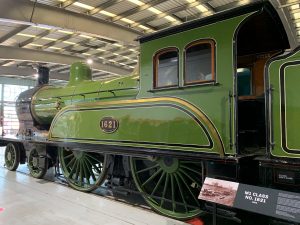
“We are deeply rooted here and I don’t think that story has been told as well as it could. If you don’t know why Shildon is important in the railway story, it doesn’t make any sense to have a national museum here.
“But as soon as you understand that Shildon was the world’s first railway town, it starts to make sense. This is where Locomotion No. 1 set off in 1825 and it changed history.”
The old loco, famous for being the first to pull a passenger train on a public railway, now rests in state at Locomotion, a tiddler compared with some of the later engines towering over it, but the daddy of them all nonetheless.
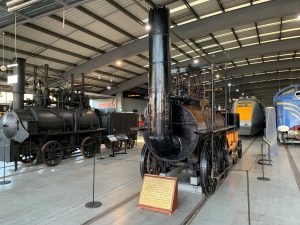
It was built by Robert Stephenson and Co. for the Stockton and Darlington Railway whose bicentenary will be celebrated in 2025, coincidentally the next UK City of Culture year which County Durham, with Locomotion on board, is going full steam ahead to host.
By then, assuming Sarah’s ambitions bear fruit, there will be a new 2,000 square metre building adjacent to the current one, accommodating about 45 vehicles in addition to the current 70.
“Then we’ll have the largest collection of rail vehicles under cover in one place, definitely in Europe and almost certainly the world, so that’s fantastic.
“But what it will also allow us to do, and I think this is key, is to tell for the first time the really strong story of the role of Shildon, County Durham and the North East in the development of the railways.”
The start of that story sees Shildon’s population grow from fewer than 150 in 1821 to some 2,000 just 10 years later after the Stockton and Darlington Railway had chosen the village (as it was) as its base for locomotive production.
It introduces railway pioneer Timothy Hackworth – born, like George Stephenson, Robert’s father, in the Northumberland village of Wylam – who was locomotive superintendent at Shildon from 1825 to 1840 and built Sans Pareil, a rival of Stephenson’s Rocket at the 1829 Rainhill Trials.
And it charts the rising importance of wagon building at Shildon after locomotive production petered out.
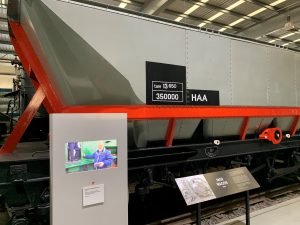
Some 10,000 merry-go-round coal wagons (filled from the top, emptied from the bottom and perpetually in motion) were built and went all over the world. One is displayed at Locomotion.
“To me,” says Sarah, “Shildon goes global really early. The first vehicle that leaves Shildon to go abroad is in the 1830s. The first rail vehicle in Russia was built at Shildon, as were the first three in Canada.”
It was Hackworth’s son who took that early Shildon product to Russia. A responsible job for a 16-year-old.

Young people today have no memories of inter-city steam trains, nor even of the diesels that replaced them. But it seems more recent museum additions also have the power to excite.
Sarah says that in 2019, when Locomotion acquired a decommissioned Pacer train, visitors “stampeded” to have a short ride on it for the benefit of BBC cameras – even though Pacers had few fans when in service.
But while Locomotion is a railway museum, Sarah believes it can inspire young people to engage in all aspects of science and engineering.
A pop-up exhibition called The Innovation Platform, showcasing recent developments, is soon likely to tour SMG sites, including Shildon, which is also scheduled to host a recent intriguing acquisition, the office of physicist Stephen Hawking.
When Covid-19 forced Locomotion to shut in March 2020, the visitors were much missed. They are now flocking back, drawn to this wonderful and inspiring attraction.
Sarah is keen that with the push to host UK City of Culture, Locomotion’s contribution to County Durham’s varied cultural offer is at the heart of it.
“If you think of the railway pioneers who worked at Shildon from the early years until the 1980s, these were creative people with ingenuity, engineering expertise and artistic expertise as well.
“These are things people today have as well and what I want to say is that we should be really proud of our heritage and culture, in Shildon and across the county.
“I want people to think ‘Oh my God, I come from such an amazing place. I can do anything because the people before me have done so much’. I just want people to believe that and have that confidence.”
Already able to enthral and inspire, Locomotion’s story powers on.
Click here for more information about Locomotion